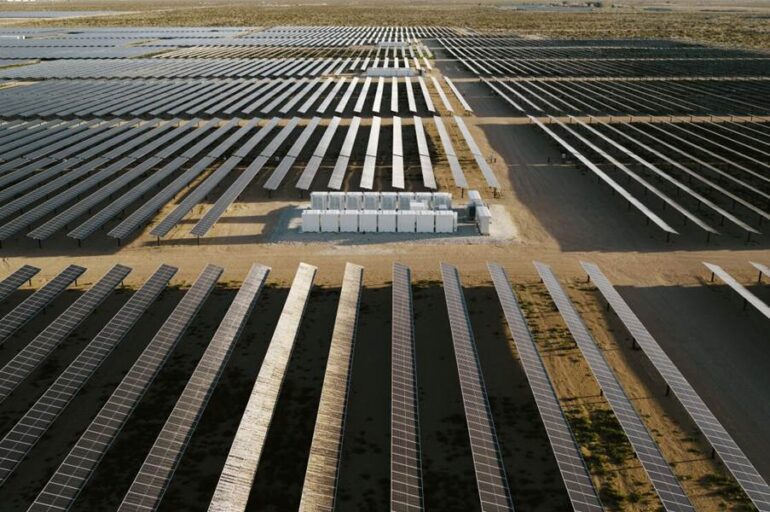Amazon has just flipped the switch on a major milestone in corporate sustainability. The tech giant has matched 100% of its electricity consumption with renewable energy in 2023, outpacing its original 2030 target by seven years.
This isn’t just about installing a few solar panels on warehouse roofs. We’re talking about billions invested in over 500 solar and wind projects globally, generating enough power to light up 21.9 million EU homes. For four years running, Amazon has worn the crown of the world’s largest corporate purchaser of renewable energy, according to Bloomberg NEF.
But here’s where the plot thickens: this achievement, while impressive, is just the opening act in a much more complex drama. The twist? Artificial intelligence and its insatiable hunger for energy.
The surging demand for generative AI is rewriting the energy landscape at breakneck speed. This technological revolution is forcing Amazon to recalibrate its roadmap to net-zero carbon by 2040.
Kara Hurst, Amazon’s VP of Worldwide Sustainability, puts it plainly: “This is just a moment in time, and our work to decarbonise our operations will not always be the same each year.”
So, what’s next on Amazon’s green tech agenda? While they’re doubling down on renewables, they’re also exploring new carbon-free energy sources to balance the books. Nuclear, battery storage, and other emerging technologies are all on the table as potential power sources for decades to come.
Amazon’s renewable portfolio is a globe-spanning network. They’ve launched projects in 27 countries, often blazing trails in nations like India, Greece, and Indonesia. Their HQ2 in Virginia stands as a testament to this commitment, designed to run with zero operational carbon emissions.
But the real game-changer? Offshore wind. Amazon leads the pack as the top corporate purchaser globally, backing nearly 1.7 GW of capacity across six European wind farms. Once fully operational, these turbines could power 1.8 million average European homes.
In the Asia-Pacific region, Amazon is tackling unique challenges with innovative solutions. Take Japan, where mountainous terrain limits space for large-scale projects. Amazon’s response? Pioneering aggregated solar projects – bundling smaller installations into larger power purchase agreements.
Stateside, Amazon is bringing wind power to unexpected places. They’ve just launched Mississippi’s first utility-scale wind farm, Delta Wind. It’s not just powering Amazon’s operations; it’s also providing a new revenue stream for local farmers.
But here’s the rub: all this green energy needs a modernised grid to reach its full potential. The International Energy Agency estimates we need to add or replace 80 million kilometres of grids by 2040 to meet climate targets. That’s where Amazon’s grid modernisation efforts come in, working with regulators to cut through red tape and deploy grid-enhancing tech.
As Kyle Harrison, Head of Sustainability research at BloombergNEF, notes: “Amazon’s commitment to clean power demonstrates how a single company can help accelerate the transition to the low-carbon economy on a global scale.”
But let’s not forget the AI-shaped elephant in the room. As demand for AI skyrockets, so does the need for energy to power it. This presents a new challenge in Amazon’s sustainability journey, requiring constant innovation and adaptation.


